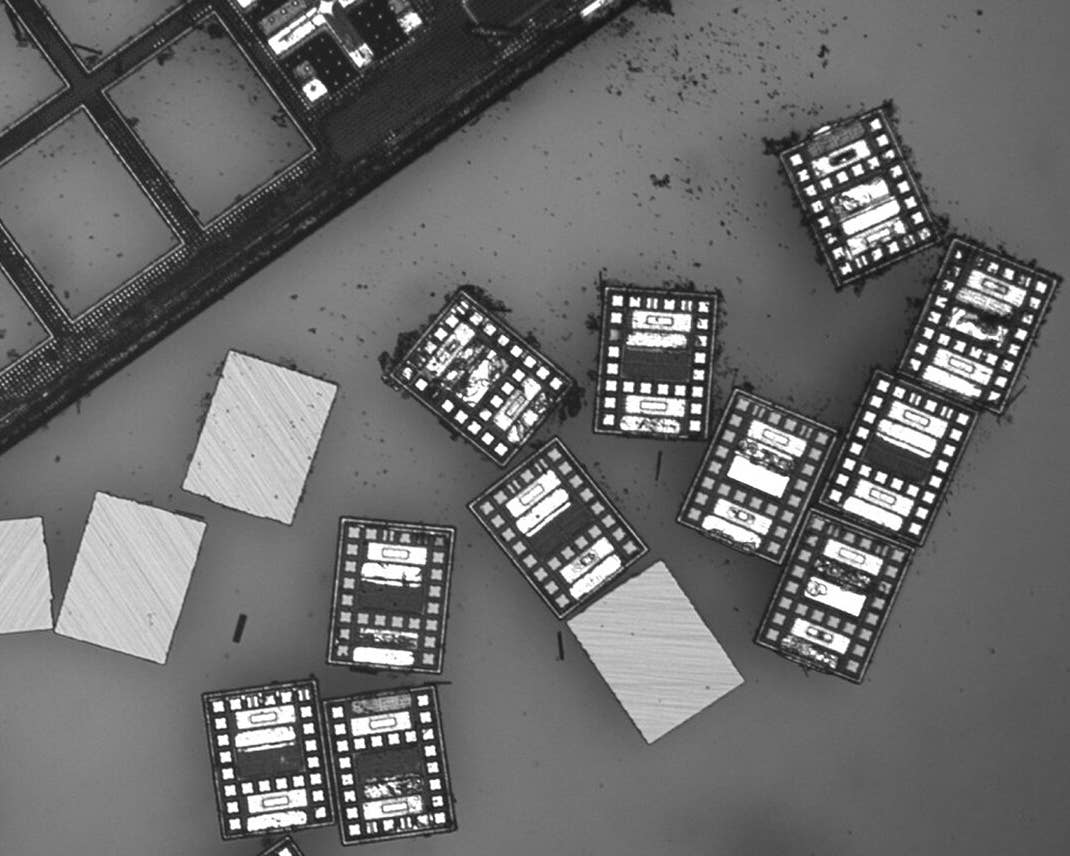Summit Spain: A Highlight Reel of 3D Printing’s Exponential Rise

Share
"Digital manufacturing is really the most important topic of this summit, because it's the notion of creating what I want, when I want, and where I want. It's basically information enabling our physical world."
By now, you've likely heard about a few of the cool things now possible with 3D printing. Yet so much progress has been made over the last few years in this space that it can be challenging to gain a big picture sense of where 3D printing is at and more importantly, where it's going in the near future.
At this year's Summit Spain in Seville, hosted by Singularity University, an overview of 3D printing and its tremendous growth was offered by Anders Hvid, co-founder of DareDisrupt and co-author of Facing the Future, a primer on exponential technologies.
Hvid began with a showcase of some of the newsworthy advances digital manufacturing is making today:
- Automobiles: Local Motors has 3D printed a car in 44 hours and aims to produce multiple designs for sale this year
- Engine parts: General Electric replaced an older fuel nozzle, which consisted of 20 parts that had to be assembled, with a one-piece 3D printed nozzle that can handle the stressful environment of a jet engine
- Listening devices: 3D printing is ideal for hearing aids and now in-ear headphones, and they're custom created by scanning or photographing the unique shape of your ears
- Prosthetics: a group at Princeton 3D printed an ear with electronics for super hearing, and groups are 3D printing prosthetics for war-torn areas at a cost of about $200-300, a 10-fold decrease compared to traditional prosthetics
- Space: Made in Space recently produced the first human-made object offworld on the International Space Station
So what is it about digital manufacturing that makes it so disruptive across a spectrum of industries?
According to Hvid, it offers rapid iteration, personalization, and accessibility in regions that current supply chains struggle to reach. Furthermore, produced objects require no assembly, increased complexity comes at no additional cost, and more than 200 materials are now available for use in 3D printing. And objects can be precisely made down to the nanoscale, a vital requirement for the development of medicine's nanobots.
Be Part of the Future
Sign up to receive top stories about groundbreaking technologies and visionary thinkers from SingularityHub.


Techniques for 3D printing include the selective laser sintering, which melts powder to produce objects, and diffused deposit modeling, where a nozzle ejects small beads to build layer by layer. A related technique for small objects uses lasers to harden liquids on a surface, building up the object layer by layer, but at the surface. Improved printing methods are currently being devised for better precision and improved speed using more nozzles, which will also allow more complex printing in applications such as electronics. Design software has become incredibly accessible to use and if you want to print objects from the real world, Autodesk's app allows you to upload pictures that are stitched together into a 3D image for printing.
The power of digital manufacturing has also brought about a slew of new challenges.
Take copy protection. Hvid raises the challenging question: "How can we protect our objects, our resources, when they can all be copied with a mobile phone and then 3D-printed?" He highlighted Authenticize, a company born out of Singularity University, which offers a platform for companies to securely stream designs directly to the printer, so consumers can't access (and therefore copy and share) files directly. Companies are also struggling with the paradigm shift that focuses on efficiency of scale within supply chains to prioritizing iterative design and collaboration with clients.
3D printing has also empowered makers to push into areas that have been previously regulated. A well publicized example is the case of Cody Wilson who designed and uploaded images to 3D print guns to the Internet. "One person's ability to create damage or harm is growing exponentially," Hvid said, echoing recent sentiments regarding cybersecurity and the future of crime.
Altogether, the world of digital manufacturing may have just gotten underway, but already it's transforming sectors and disrupting industries. Hvid provided sage advice on how to handle all this change: "The important thing is not to understand every detail on this wide array of technologies. It's to grasp how they're going to change our world, our society, and our civilization."
David started writing for Singularity Hub in 2011 and served as editor-in-chief of the site from 2014 to 2017 and SU vice president of faculty, content, and curriculum from 2017 to 2019. His interests cover digital education, publishing, and media, but he'll always be a chemist at heart.
Related Articles

Data Centers in Space: Will 2027 Really Be the Year AI Goes to Orbit?

These Robots Are the Size of Single Cells and Cost Just a Penny Apiece

Scientists Say We Need a Circular Space Economy to Avoid Trashing Orbit
What we’re reading
